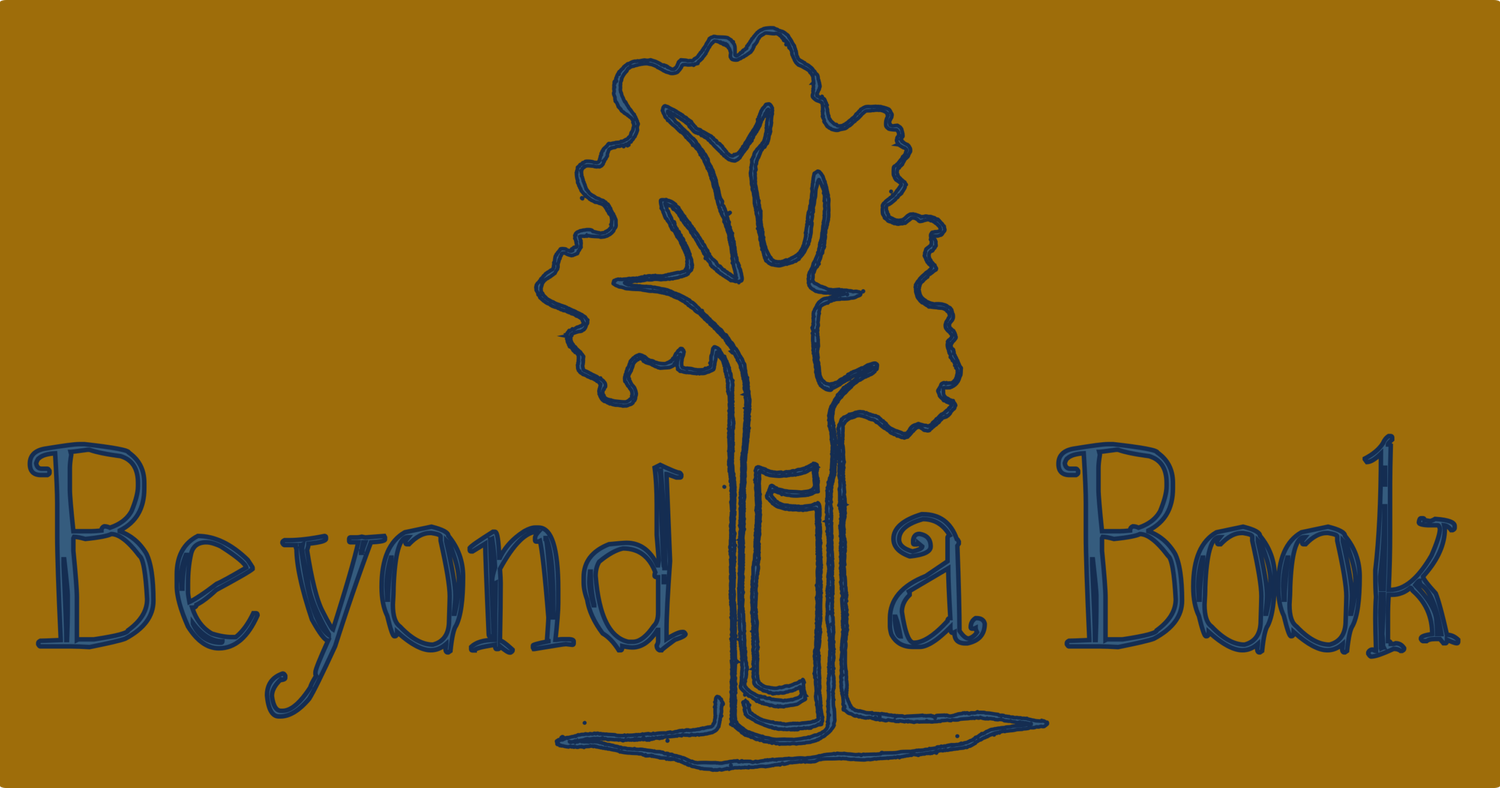by Sara Dykman
So I have this idea.
I want to go on a long canoe trip. I want to slip into the flow of a river and let it lead the way. From its snow melt birth to its salty sea end, I want to follow the story of water and see my country from the eyes of the river. AND along the way I want to share this story. I want to combine adventure, education, and conservation on the river.
And too many ideas end here.
We cultivate dreams, give them shape in our minds, and let them grow every time we cross the river on the commute home from work. But just when the idea feels like it could leap from our minds and materialize we shake our heads and beat back our dreams with logistical hurdles, fears, and doubts. Where will I get a canoe? How will I get time off? Aren’t there waterfalls and dams?
We all do this, dream big but never really jump in. And I understand why. Dreaming up the big idea is the easy part. The hard part -the scary part- is starting. Well, this is my start.
I start with the idea. Then I give it purpose: to connect adventure, education and conservation. Then I give it form with a name: On The River. And then I give it life by telling the Universe and giving it space in my future. So Universe, here it is: next summer I am heading downward with the glacier feed creeks, watching the river grow and countryside morph, and I won’t stop till I taste the salty seas of the Gulf of Mexico.
And now I am confident that the rest of the trip is merely details. Sure it will be a lot of work, but I’ve started. Now it is just a matter of continuing. Dividing the work up into small elements and continuing. I’ve divided the project up into its three goals to help me move forward:
- Adventure On The River- The adventure part is easy. I’ve teamed up with Nia, who rode her bike with me from Bolivia to Texas in 2013-14. We already have our route (there are a lot less options when you take out roads and trails), starting on the Continental Divide, where the water falls westerly to the Pacific or easterly to the Atlantic. We will follow the melting snow and glacier fed streams on the eastern side downward. Once navigable by canoe, we will let the water lead us down a series of smaller rivers to the Missouri River, then the Mississippi River, until finally reaching (13 states and 3,500 miles later) the Gulf of Mexico. I already know that the first hundred miles could be tricky without much canoeing experience, but I figure if nothing else, we’ll just walk alongside the river until our skill levels let us put in.
To Do – Find a suitable canoe(s) or kayak(s)
- Education On The River - The education component is a bit more… conceptual right now. I have successfully presented to kids across the country about previous adventures and want to expand and improve upon this. I want to focus on river health and include an interactive experience where kids meet me on the river.
To Do – Contact teachers and administrators, create interactive lesson plan, round out logistics of off-site presentations and create an online experience students can use to learn about the story of the water and other students working to create healthy rivers.
- Conservation On The River – I want to collect meaningful river health data during my trip. I would ideally like to have students help with the data collection when possible, and use components of the data while giving classroom presentations and developing lesson plans.
To Do - Contact scientists about data collection needs.
So you see, I am starting, and this is how I start. I have an idea and I tell the universe my plan. I never know the details, but to me details can always be sorted out. The beginning is not about starting off polished. The beginning is about beginning. With my beginning I have something to help grow. Over the course of planning and canoeing I’ll tell the story at OnTheRiver.org with blog posts, photos, and maps.
Don’t let your dreams atrophy. Instead take your idea, give it a name, mark the calendar, and let us know what you are up to next! Once you start, all you have to do is keep going.




